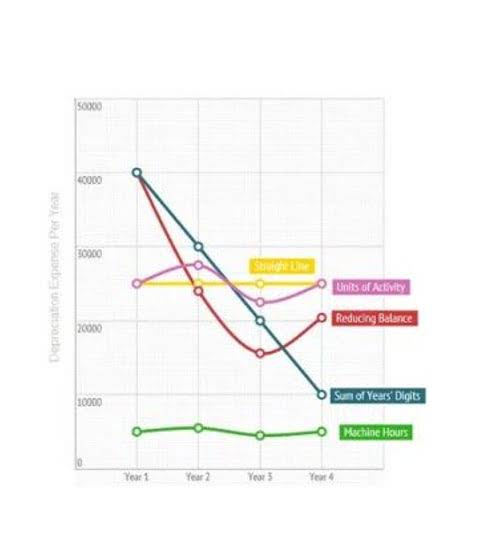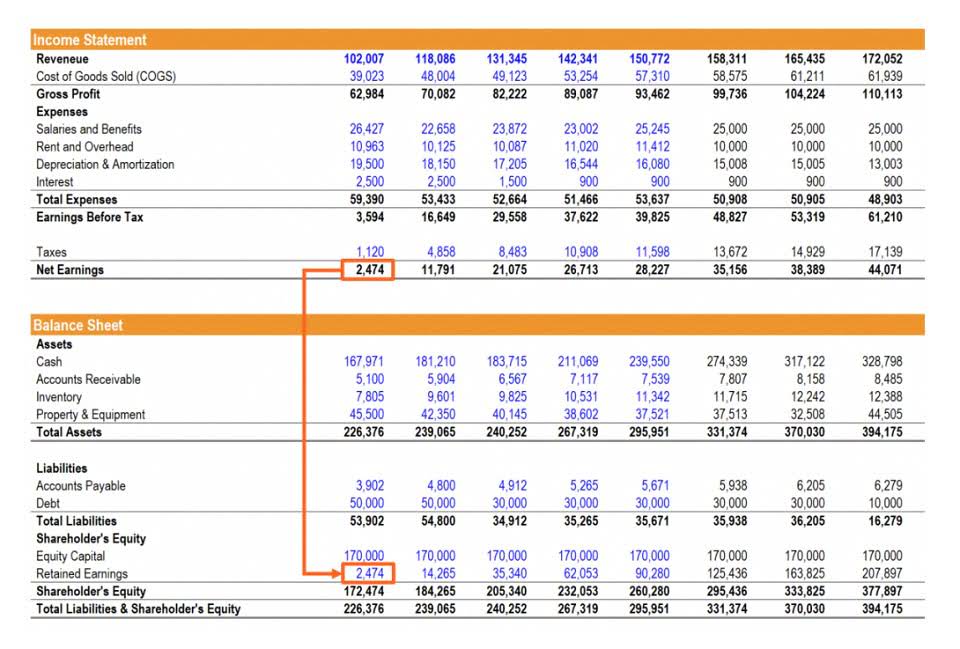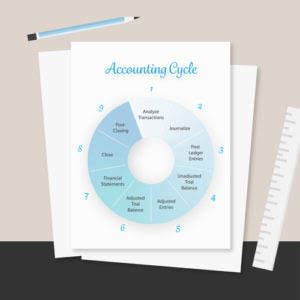
Still, smaller construction companies can record their transactions in spreadsheets or another simple format. The main benefit of milestone payments is that you, as the contractor, don’t need to wait for payment until project completion. This tip works well with the https://www.bookstime.com/ previous tip, as it allows companies to receive payments by phases — not projects. Most construction companies are only concerned about the bottom line on their financial statements. However, many sometimes overlook the bottom line of their individual projects.
Easy tax-form prep
Whether you belong to local or national construction organizations or just have friends in the business, chances are someone you know is working with a construction-specific CPA or firm. Daniel’s experience writing for construction — as well as several clients under an agency — has broadened his knowledge and expertise across multiple subjects. A higher number indicates that each dollar of working capital spent is leading to more revenue generated in sales.
Construction

That means we’re constantly working to increase our knowledge and the level of service you receive. After all, your finances are the foundation of your business because they affect every other aspect—from day-to-day operations to future plans for growth and transition. If you build on a weak foundation, your future plans may come crumbling accountant for independent contractor down. Contact us to help you with your foreign tax needs today, and watch your business grow. With over a decade of editorial experience, Rob Watts breaks down complex topics for small businesses that want to grow and succeed. His work has been featured in outlets such as Keypoint Intelligence, FitSmallBusiness and PCMag.
Tip #2: Keep backups of transactions
Staying up to date on this will ensure you are paying your employees what they are entitled to while maintaining compliance with all labor laws. The cash flow statement tracks the movement of cash in and out of your business. It’s crucial for construction companies due to the industry’s cash-intensive nature. Whether you are the one withholding retainage or it is withheld from your payments, accounting for retainage requires an addition to the chart of accounts. Retainage doesn’t belong in accounts receivable or payable, because it is not collectible (or payable) until the contract conditions have been met for its release. Perhaps you have now decided on which software suits your needs size-wise.

We invite you to leverage our expertise to help run your business better and more profitably. FUTA taxes are reported annually using Form 940, Employer’s Annual Federal Unemployment (FUTA) Tax Return. These taxes are listed on an employee’s pay stub, with the first two shown as FICA (Federal Insurance Contributions Act).
- This article will introduce construction accounting, including the key principles and techniques for managing your construction business.
- In this guide, we address some of those challenges and cover the basics of construction accounting.
- We use product data, strategic methodologies and expert insights to inform all of our content and guide you in making the best decisions for your business journey.
- Under regular business accounting circumstances, revenue recognition is simple because they sell a product or service and collect a fixed price right away.
- This accounting method is particularly useful for large construction businesses and companies with long-term contracts.
- Many business owners lack peers within their organization, and being a trusted advisor sometimes means challenging a business owner’s perspective.
- As a result, construction companies often find it difficult to match the efficiency of companies that make the same products repeatedly in a controlled location.
Construction accounting payroll #3: Multiple states, localities, and rates
We can also advise you on how to structure major transactions to minimize their impact on your financial position and bonding capacity. Managing investments, assets, retirement, risk and taxes can be so confusing and overwhelming that many people choose not to think about it at all. That might be easier in the short term, but it won’t get you any closer to meeting your long-term financial goals.
- Construction accounting has a steep learning curve, but you can climb it.
- The income statement (or profit and loss statement) provides a breakdown of the revenues, costs, and profit during a specific period of time — often monthly, quarterly, and annually.
- This may include service work, design services, consulting, engineering, sourcing materials, and more.
- As a result, this creates conditions for contractors not to pay taxes twice.
- Every industry actor in every industry follows certain codes that help it come on top of its competitors.
- However, many sometimes overlook the bottom line of their individual projects.

Contractors implement unit-price billing when they can’t estimate the unit production cost for the project with a lot of certainty. In more detail, the general ledger is a series of project-based accounts that accountants use to record all transactions regardless of the project. Parties — the customer and contractor — have to agree ahead of time when control transfer happens (over time or at a specific point in time). In simple terms, the contractor records the earned revenue each time they issue an invoice. For instance, homebuilding contractors often use the completed-contract method because they build in line with specifications and only recognize their income once they sell the house. It’s also true that this method is flexible and simple, leading to less confusion in financial statements.
Building financial success from the ground up.

